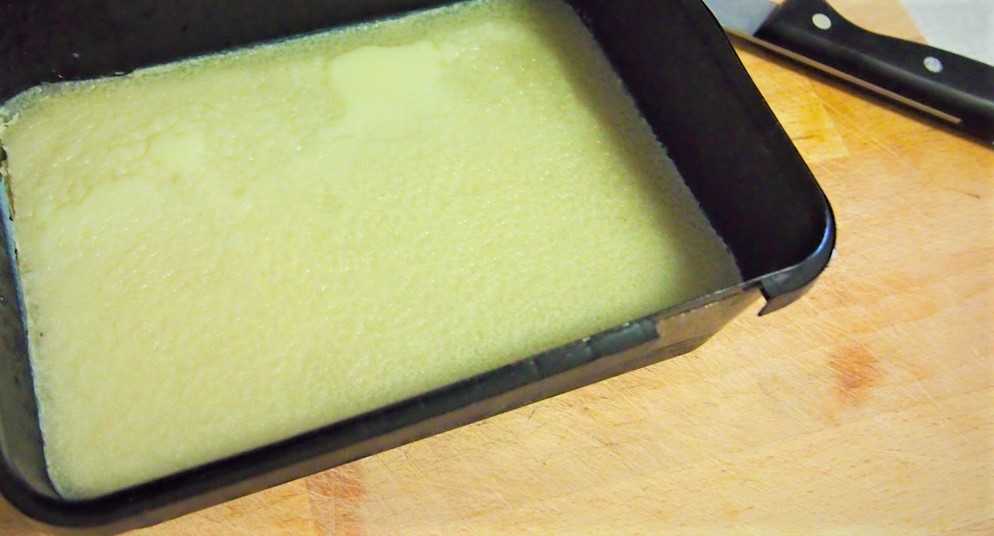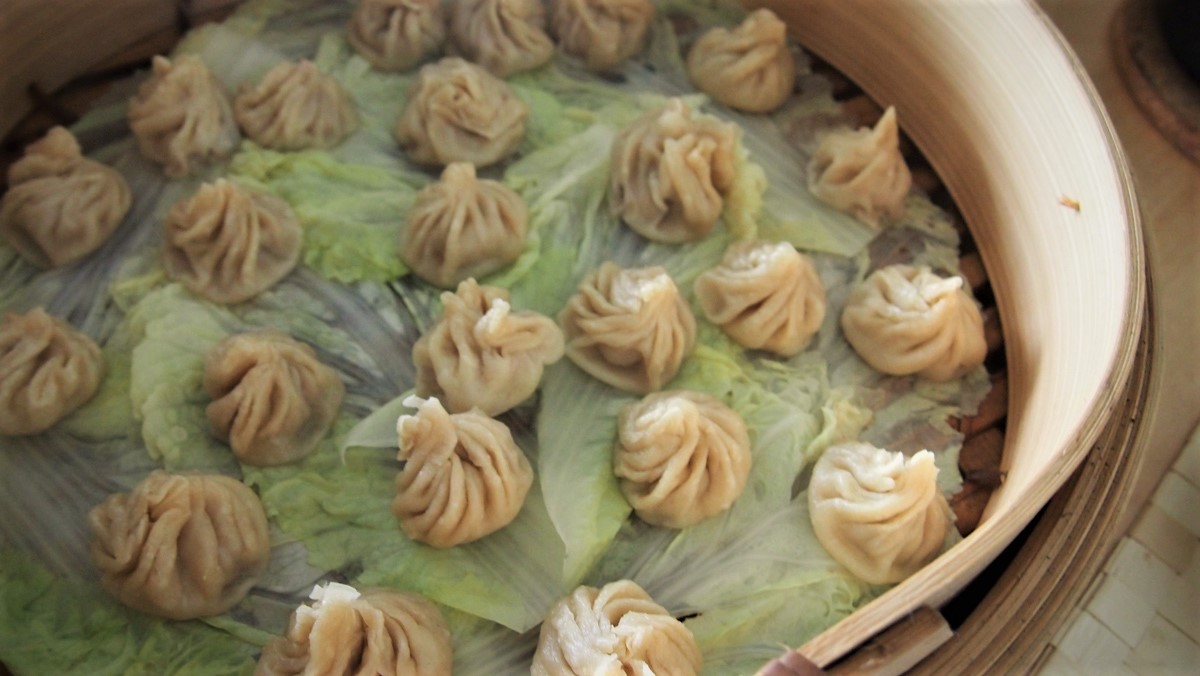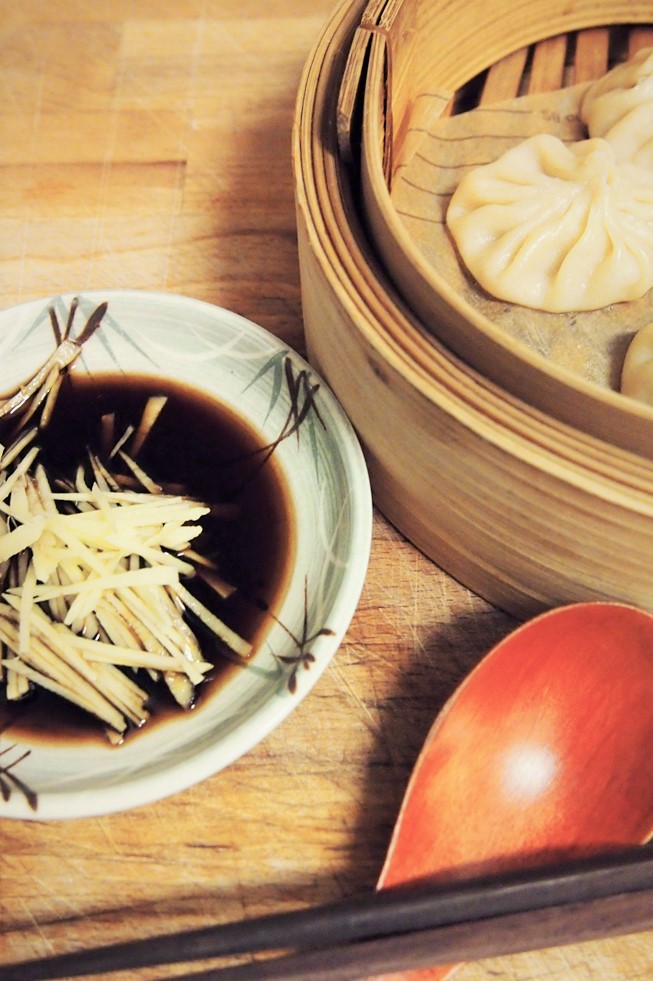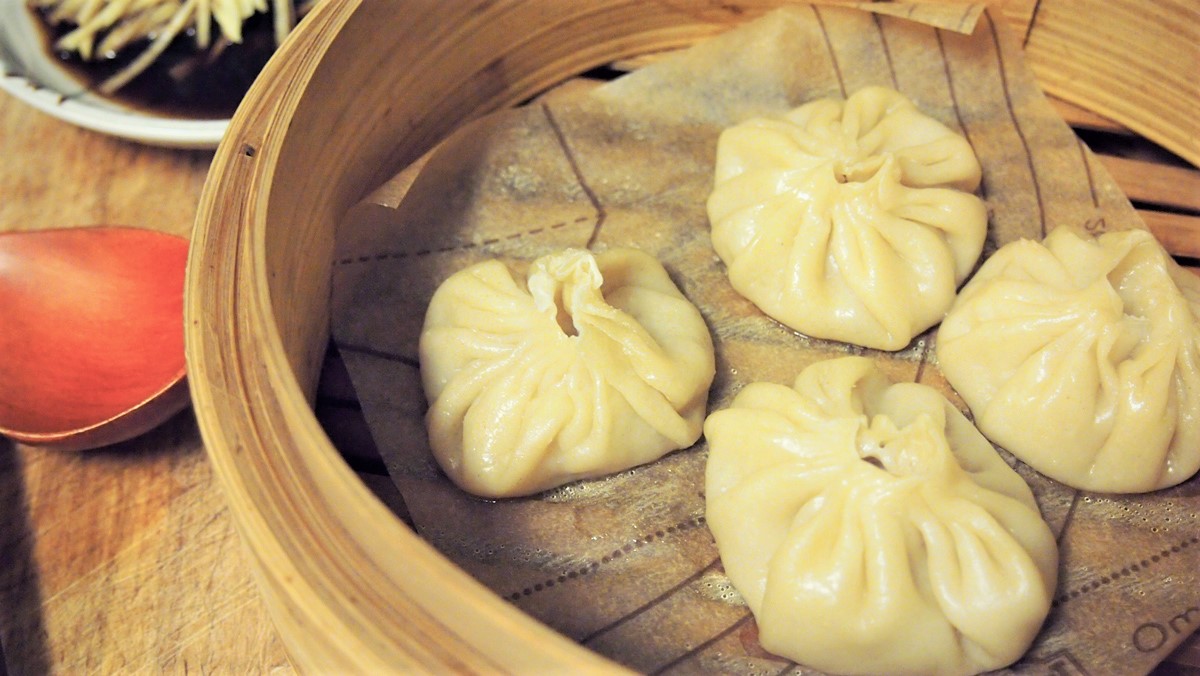
This is my first recipe from Shanghainese cuisine, and I have chosen its most famous dish to start off my posts. Shanghainese cuisine is known as Hu cuisine (沪菜) in China. It is the cuisine that centres around the Jiangnan region which includes Shanghai as the seaport and source of seafood. South of this region are Fujian with its Min cuisine and Canton with its Yue cuisine that are perennial in nature, because of the sub-tropical climate. Hu cuisine is therefore the beginning of a seasonal cuisine by coastal China. The Shanghainese like sweet, so many of its dishes are not to the liking of the rest of China.
Shanghainese soup dumplings must be the most famous dish of the Shanghainese cuisine. When I was in Shanghai, I went to the most famous restaurant that serves this and ordered some with crab roe. On hindsight, it was not the best Shanghainese soup dumplings. The best are served in a busy steamy restaurant in a side street that only the Shanghainese know about. There, chefs with decades of experience make hundreds of these every day. Every one of those, made the minute you order.
For this recipe, I have only made it three times, and I have yet to perfect the art. What you have to achieve, is the balance between the amount of soup and the meat filling, and the thickness of the dough. If you put in too much soup, it will steam up and burst open. If there is too little soup, then there is no kick. If the dough is too thick, it will not be elastic enough to contain the expansion of the soup and will taste too doughey at the top where the dough is kneaded. If it is too thin, it will burst upon being picked up by the eater. It is all about balance, skill and practice.
Serving: Makes about 80 dumplings
There are four steps to this recipe: soup jelly, meat filling, the dough wrappings and finally making of the dumplings.
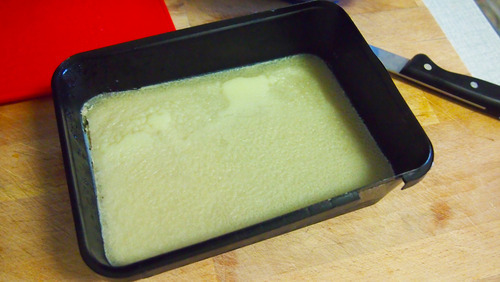
Ingredients for the soup jelly:
- 5cm ginger
- 2 stocks spring onions
- 2 tsp salt
- 2 tbs Shaoxing rice wine
- Dash of white pepper powder
- 1500ml water
- 1 packet of agar-agar
- Choice of stock: 500g pig skin with fats/ 500g chicken feet/ 500g chicken wings /500g pig trotter
Instructions for the soup jelly:
- The traditional method is to use gelatine to harden the soup into a jelly. I am proposing the seaweed alternative of agar-agar because the gelatine one buys in the supermarket melts at a very low temperature. If your kitchen is as warm as mine, then your soup jelly will melt and destroy the thin dough wrapping before it is cooked.
- Choose your choice of meat for the stock. Clean well and place it in a pot of boiling water. Add in all the ingredients except the agar-agar and let it simmer for about one hour.
- Once the meat is soft, take it out of the stock and crush it with a knife. Place the meat back into the stock and let it cook for another 45 minutes.
- Once done, take a strainer and strain the mixture. You should have a milky beige stock that is left that is about 400-500ml. Put that back into the pot and bring to boil.
- Dissolve your packet of agar-agar into the stock, stir well and pour into a container.
- Leave it open to set at room temperature. Once done, cover it and leave it in the fridge.
Ingredients for the meat filling:
- 2 stocks spring onions
- 5cm fresh ginger
- 150ml water
- 250g fatty pork
- 2 tsp salt
- Dash of white pepper
Instructions for the meat filling:
- Chop the spring onions and fresh ginger very roughly. Place them in a basin with some water.
- Using your hands, squeeze the juice out of these for about ten minutes.
- Strain. Now you have a greenish yellowish marinate.
- Use a food processor and mince your pork well.
- Add in the marinate, salt and pepper. Mix well and set aside.
- Now your soup jelly should have set.
- Take it out of the fridge and cut it into tiny pea size portions.
- Mix it into the meat filling and stir well.
- It is IMPORTANT that the meat filling is 40% while the soup jelly is 60%. This is because the meat will absorb the soup while cooking so that when served, the soup will be about the same amount as the meat.
Ingredients for the wrapping:
- 400g plain flour
- 1 tps salt
- Water
Instructions for the dough wrapping:
- Place your flour in a big basin, mix in your salt.
- Slowly pour in a bit of water in the centre and with your fingers, start kneading it.
- Repeat the process until you have a ball of dough that is firm and does not stick to the basin nor to your hand.
- Cover the basin with a wet cloth and let it sit for an hour.
- Once done, pour some flour on your chopping board.
- Using a rolling pin, roll your dough into long sticks of about 30cm long and 3cm in diameter.
- Cut each stick into short bits of 3cm long.
- Taka one dough bit. Flatten it into a round flat shape with your palm. Using the rolling pin with one hand to flatten the sides of the dough while using the other hand to turn it in a clockwise motion. Such that you have a circular flat wrapping that is like the planet Saturn: slightly thick in the centre and very thin on the sides.
- Repeat this for all the rest of the dough.
Ingredients for making and cooking the dumplings:
- Bamboo steam baskets
- Wax paper or White cabbage leaves or Chinese cabbage leaves
- Thinly-julienned fresh ginger
- Aged black vinegar
Instructions for making the dumplings:
- It is ideal to have one person making the dough wrapping and another wrapping the dumplings. Otherwise the wrappings might harden.
- Take a dough wrapping, fill the centre with a teaspoonful of meat filling.
- With your fingers, slowly fold the edge in a clockwise motion such that the wrapping forms a round bag that contains the filling.
- You can either leave the top open as a small opening or nip it so that it is shut tight. Highly-skilled chefs like to shut it so that the scent does not escape and the soup is piping hot when served. But this means that the dough has to be thin enough to be elastic. I suggest that you start with an opening so that there is an outlet for the steam when the dumpling is being cooked.
- Line the bottom of your steam basket with either wax paper or cabbage leaves. If you use the latter, make sure you first treat them with boiling water so that they are malleable.
- Once you finish making your dumplings, steam them for at most ten minutes and serve immediately with a dip sauce of fresh ginger and black vinegar.
Enjoy!!
*Note: Shanghainese dumplings cannot be frozen. This is due to the very delicate wrapping and that the quality of the soup jelly deteriorates once it is frozen. This is the reason why they are mostly made fresh in restaurants.
